Disclosure: This article contains affiliate links. We may earn a commission from purchases at no extra cost to you, which helps our travel content.
There's something magical about watching your lunch ingredients being plucked from the earth mere moments before they land on your plate. In Viñales Valley, Cuba's verdant agricultural heartland, this farm-to-table experience isn't a trendy restaurant concept—it's simply how people have eaten for generations. As someone who's spent years exploring coastlines around the world, I never expected to fall so deeply in love with this inland valley, but its terracotta-colored fields, prehistoric limestone mogotes, and genuinely unprocessed food culture captured my heart in ways I never anticipated.
The Rustic Charm of Casa Particulares Dining
My culinary journey through Viñales began where most authentic Cuban food experiences do—in a family-run casa particular. These licensed bed-and-breakfasts offer more than just a place to rest; they're gateways to Cuban home cooking that no restaurant can replicate.
My host Yolanda's casa sat perched on the edge of town with panoramic valley views from her rooftop dining area. Each morning began with a breakfast spread that put hotel buffets to shame: platters of tropical fruits (guava, papaya, and pineapple so sweet it made store-bought varieties seem flavorless), fresh-pressed mango juice, strong Cuban coffee, and eggs collected that morning from chickens scratching in her backyard.
Dinner was even more spectacular—slow-roasted pork marinated in sour orange and garlic (a dish called lechón asado), black beans simmered with bay leaves from her garden, and rice cooked to perfect fluffiness. The star of each meal was Yolanda's homemade mojo sauce, a zesty blend of citrus, garlic, and herbs that I became so obsessed with that I now keep a bottle in my pantry for recreating these flavors at home.
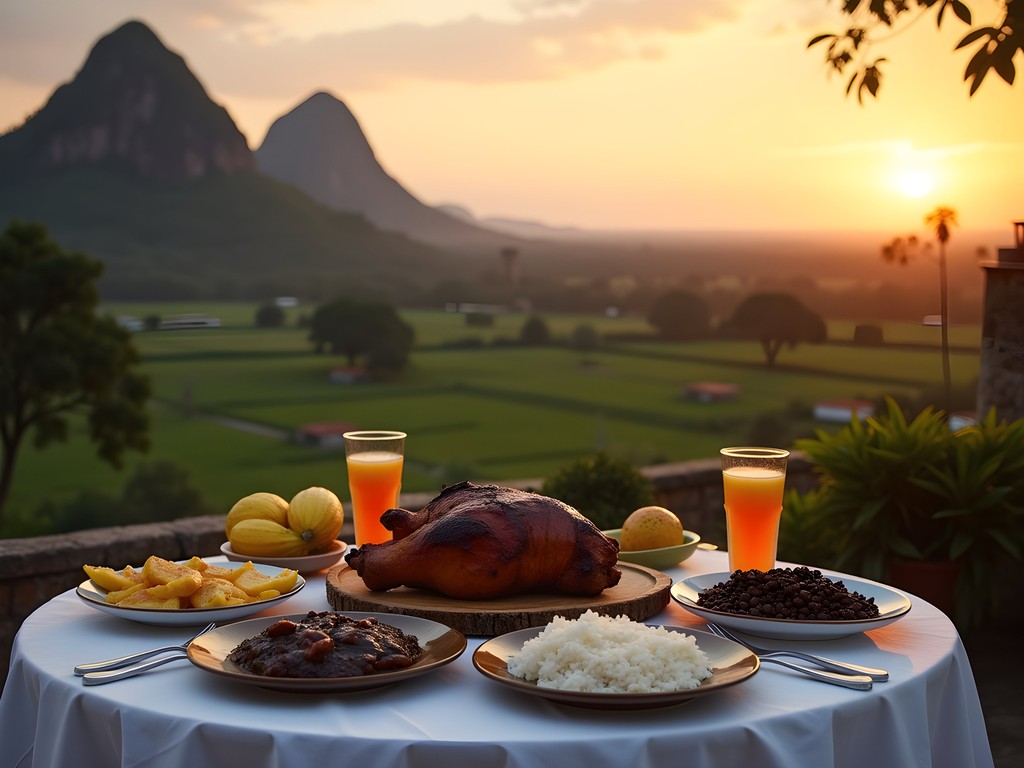
💡 Pro Tips
- Most casas offer optional dinner for 10-15 CUC (roughly $10-15) per person—absolutely worth it for authentic home cooking
- Request vegetarian options in advance if needed; hosts are usually very accommodating
- Ask to watch the cooking process—many hosts are delighted to share their techniques
Tobacco Farm Feasts: The Ultimate Field-to-Fork Experience
"You haven't really experienced Viñales until you've eaten at a tobacco farm," a fellow traveler told me at breakfast one morning. Following her advice led to one of my most memorable Cuban meals.
A short bike ride from town brought me to Finca Agroecológica El Paraiso (Paradise Farm), where the concept of food miles shrinks to mere feet. The restaurant sits surrounded by the very fields that supply its kitchen, with the dramatic mogote mountains forming a prehistoric backdrop.
Upon arrival, farm owner Wilfredo proudly toured me through his operation before lunch. Rows of organic vegetables, medicinal herb gardens, and free-ranging chickens painted a picture of sustainable agriculture that predates the modern organic movement by generations.
When mealtime arrived, I was unprepared for the feast that followed. The farm's signature dish is their ropa vieja—shredded beef slow-cooked in a tomato-based sauce until meltingly tender. But what makes their version special is that every ingredient—from the tomatoes to the peppers to the herbs—travels just steps from garden to kitchen. Even the honey drizzled over dessert comes from hives visible from your table.
To capture these flavors at home, I've found that a good cast iron dutch oven is essential for slow-cooking dishes like authentic ropa vieja. The heavy lid traps moisture just like the traditional pots used in Cuban countryside cooking.
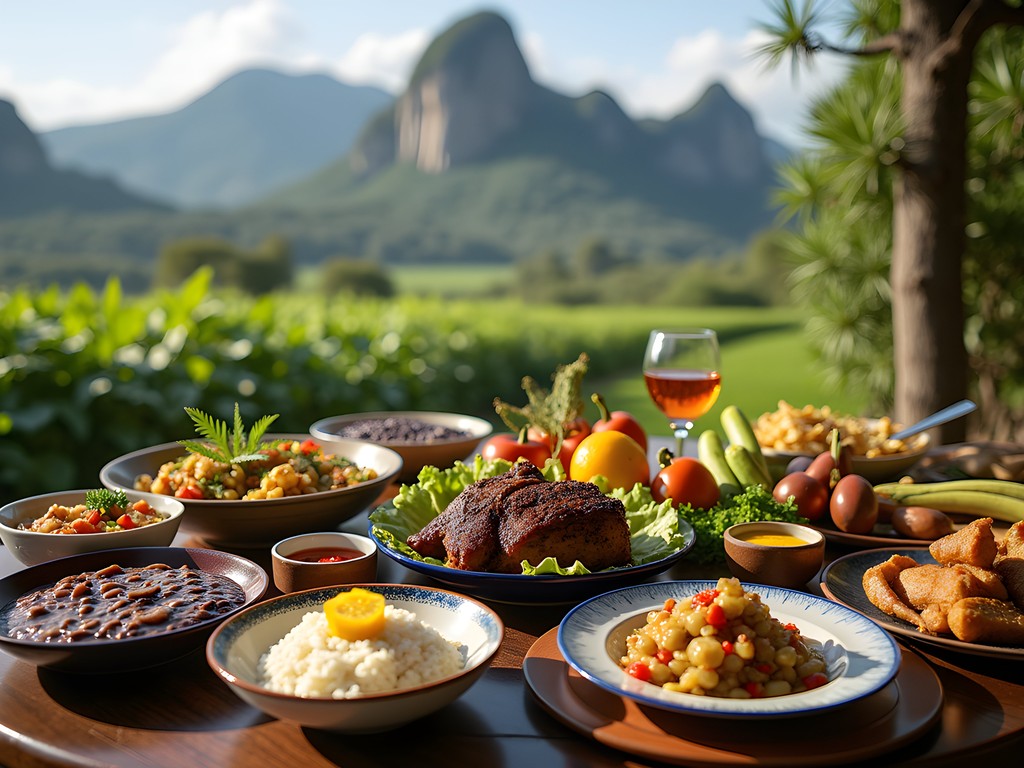
💡 Pro Tips
- Make reservations for farm lunches—they're increasingly popular and fill up quickly
- Visit in the morning to see farm operations before your meal
- Order the farm's specialty cocktail made with local honey and herbs—each farm has their own secret recipe
Hands-On Cooking Classes: Learning From the Masters
While eating Cuban food is delightful, learning to cook it yourself creates memories—and skills—that last far beyond your journey. In Viñales, several local families open their kitchens to travelers eager to learn the secrets behind Cuban cuisine's complex flavors.
I joined a cooking class led by Marilin, a third-generation Viñales cook whose recipes have been passed down through her family. Our day began at the local market, where Marilin taught me to select the perfect avocados (called aguacates in Cuba) and how to identify the best malanga root—a staple in Cuban cooking that I'd never worked with before.
Back in her kitchen, I learned that Cuban cooking is both simpler and more complex than I'd imagined. Simple in its ingredients—most dishes contain fewer than ten components—but complex in technique. The secret, Marilin insisted, is in the sofrito—the aromatic base of garlic, onions, and peppers that forms the foundation of nearly every Cuban dish.
We prepared classic ropa vieja (shredded beef), moros y cristianos (black beans and rice), and tostones (twice-fried plantains) using traditional methods and tools. My favorite discovery was learning to use a mortar and pestle to crush garlic and herbs for authentic flavor—electric food processors simply don't produce the same aromatic results.
The most valuable lesson? Learning to balance the trinity of Cuban seasoning: garlic, cumin, and oregano. These three ingredients, when properly proportioned, create that distinctive Cuban flavor that's so hard to replicate outside the island.
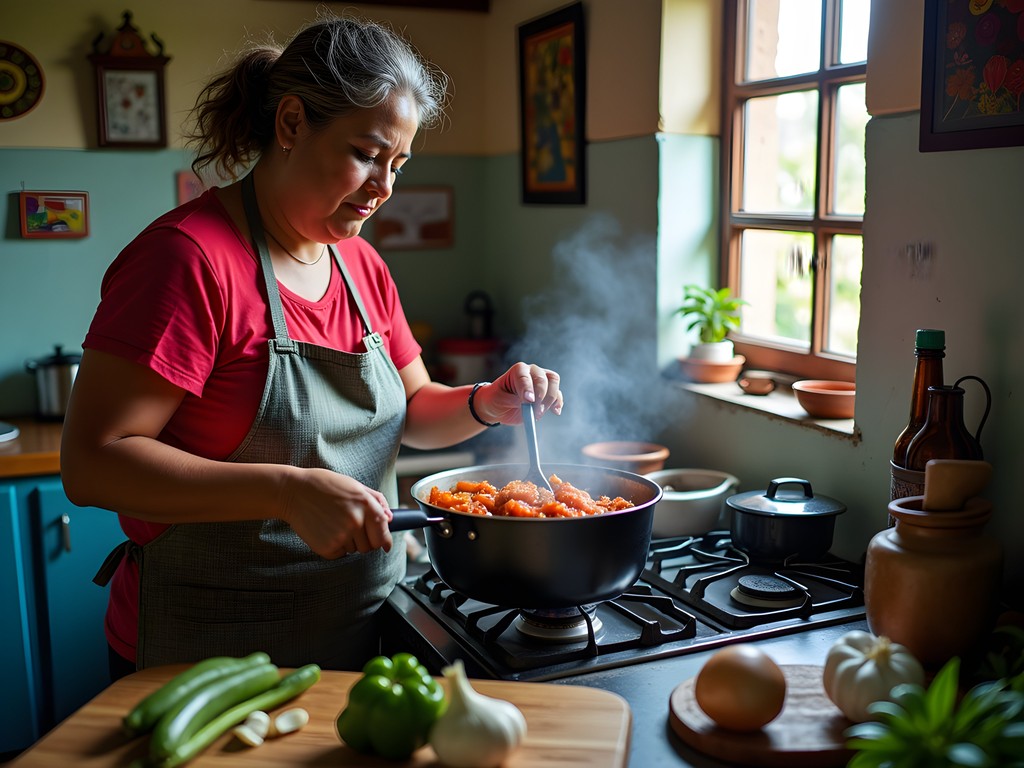
💡 Pro Tips
- Book cooking classes at least a day in advance through your casa particular host
- Bring a small notebook to record recipes—many traditional cooks work from memory rather than written recipes
- Ask to learn how to make mojo sauce—it's versatile enough to use in countless dishes back home
Beyond Rice and Beans: Unexpected Culinary Discoveries
While the classics of Cuban cuisine—rice, beans, and pork—form the backbone of Viñales valley cooking, my week of culinary exploration revealed delightful surprises that rarely appear in Cuban restaurants abroad.
Perhaps most unexpected was the prevalence of farm-fresh vegetables. Outside Cuba, the cuisine is often portrayed as heavy on starches and meat, light on produce. But in Viñales, where nearly every family maintains at least a small garden plot, meals burst with just-picked vegetables prepared in ways that preserve their natural flavors.
At Finca Agroecológica El Paraiso, I discovered chatinos—lightly battered and fried eggplant rounds drizzled with local honey—a perfect balance of savory and sweet that I've craved ever since. At another farm, I was served a simple salad of just-picked cucumbers dressed only with lime juice, local olive oil, and sea salt that somehow outshone elaborate dishes I've had at Michelin-starred restaurants.
Another revelation was Cuba's coffee culture. In Viñales, coffee isn't just a beverage; it's a ritual and social cornerstone. Each morning at my casa, coffee was prepared using a traditional cloth filter method that produced an intensely flavorful brew without bitterness. I became so enamored with this technique that I brought home a Cuban-style coffee maker to recreate the experience.
Perhaps most surprising was discovering Cuba's organic wine industry at Finca El Retiro. While not comparable to European vintages, their fruit wines made from guava, papaya, and even tobacco leaves offered fascinating flavor profiles I'd never encountered before. The tobacco wine—smoky, sweet, and utterly unique—has become my favorite souvenir story to share at dinner parties back home.
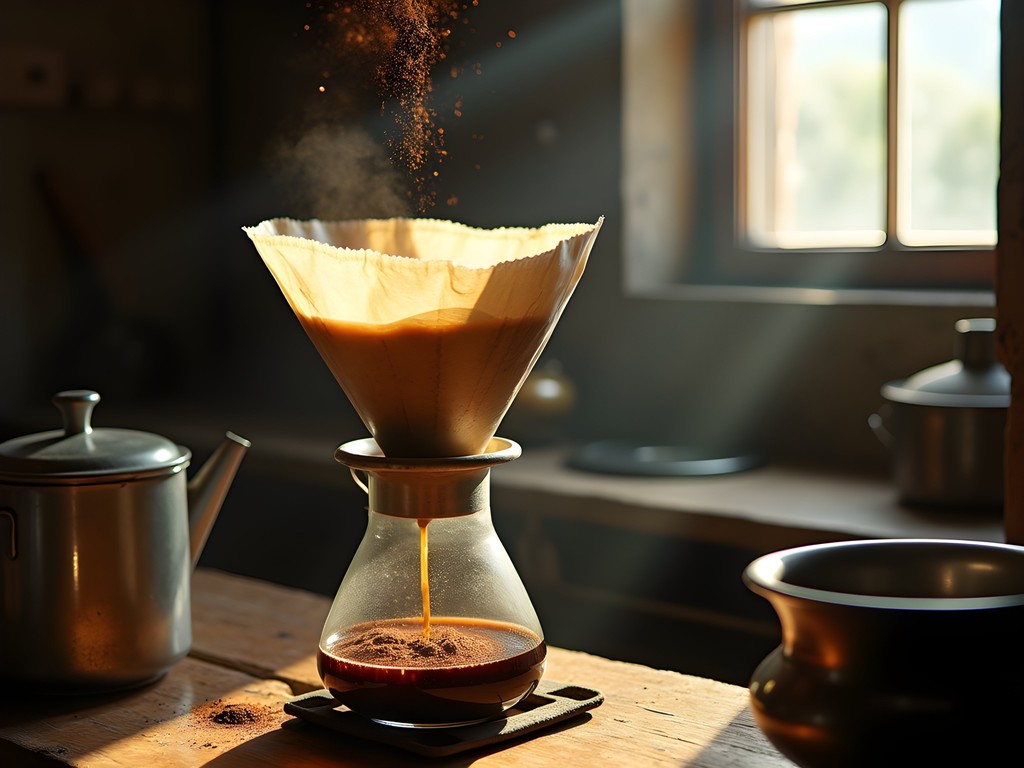
💡 Pro Tips
- Ask locals about seasonal specialties—some of the best dishes aren't on any menu but appear only when specific ingredients are at their peak
- Try fruit wines at local farms—they're unlike anything you'll find elsewhere
- Don't miss fresh tropical fruit juices—they're often included with casa particular breakfasts and showcase flavors that bottled versions can't match
Sunset Cocktails: The Perfect End to Culinary Days
After days filled with farm visits and cooking adventures, Viñales offers the perfect wind-down: sunset cocktails with panoramic valley views. While my cruise director days taught me about fancy cocktail lounges around the world, nothing compares to sipping a perfectly crafted mojito while watching the sun paint Viñales Valley in shades of amber and gold.
Hotel Los Jazmines, perched on a ridge overlooking the valley, offers the most spectacular viewpoint. Their terrace bar serves classic Cuban cocktails with a side of breathtaking vistas. I arrived before sunset to secure a prime spot, ordering their specialty—a mojito made with locally-grown hierba buena (a Cuban mint variety) and honey rather than sugar.
The bartender, noticing my interest in his craft, demonstrated his mojito technique, muddling the mint with a wooden muddler rather than metal to avoid bruising the leaves. "This releases the oils without the bitterness," he explained, a technique I've adopted for my at-home cocktail making.
For those seeking a more local experience, follow the music to Casa de Veguero, a small family-run bar near the edge of town where local farmers gather after work. Their house specialty is canchánchara—a pre-revolution drink made with honey, lime, and aguardiente (Cuban firewater) that packs quite a punch while offering a taste of history in each sip.
The perfect souvenir from these sunset sessions? A cocktail recipe book signed by local bartenders who are often delighted to share their secret ratios and techniques. Mine now occupies a place of honor on my home bar, transporting me back to those magical Viñales sunsets with each page.
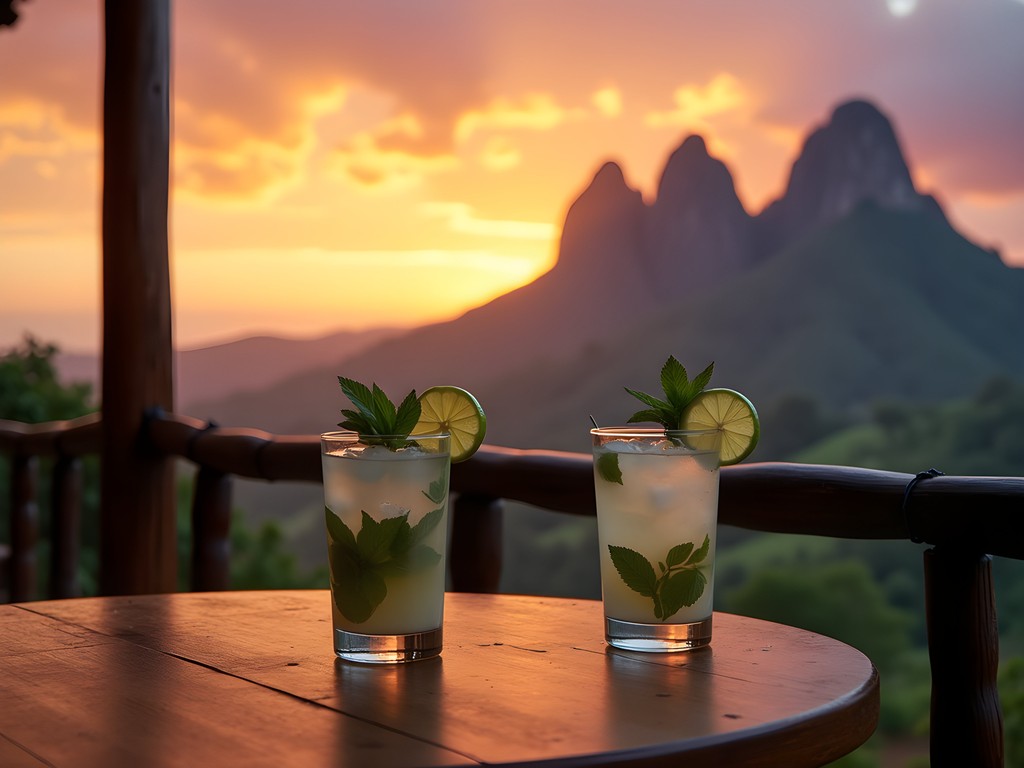
💡 Pro Tips
- Arrive at Hotel Los Jazmines at least 30 minutes before sunset to secure a good table
- Try the house specialty at each bar rather than sticking to standard mojitos
- Ask bartenders about their family recipes—many have unique twists on classic Cuban cocktails passed down through generations
Final Thoughts
As my week in Viñales drew to a close, I realized this valley had offered something my years of coastal explorations rarely provided—a direct connection to the earth that feeds us. In our increasingly processed food culture, Viñales stands as a reminder of how food is meant to taste when it travels feet rather than miles to reach your plate.
What makes Viñales' culinary scene truly special isn't fancy techniques or exotic ingredients—it's the opposite. It's the simplicity of food grown with care, prepared with time-honored methods, and shared with genuine hospitality. These meals tell the story of Cuba's resilience, creativity, and deep connection to the land.
Whether you're a serious foodie or simply someone who appreciates an honest meal, Viñales offers a farm-to-table experience that predates and outshines the trendy restaurant movement. Here, amid the prehistoric landscape and tobacco fields, you'll discover that the most authentic Cuban cuisine isn't found in guidebooks or upscale Havana restaurants—it's simmering in countryside kitchens, where recipes and techniques have been passed down through generations.
So come hungry to Viñales, but prepare to leave with more than a full stomach. You'll depart with recipes, techniques, and most importantly, a profound appreciation for food at its most fundamental and delicious.
✨ Key Takeaways
- Stay in casa particulares for the most authentic home-cooked Cuban meals
- Book farm lunches in advance for the ultimate field-to-fork dining experience
- Take a cooking class to learn techniques you can bring home
- Explore beyond the classic dishes to discover Cuba's surprising culinary diversity
- Pair your culinary adventures with sunset cocktails for the complete Viñales experience
📋 Practical Information
Best Time to Visit
March to early May (spring)
Budget Estimate
$50-75/day including accommodations, meals, and activities
Recommended Duration
4-7 days
Difficulty Level
Beginner

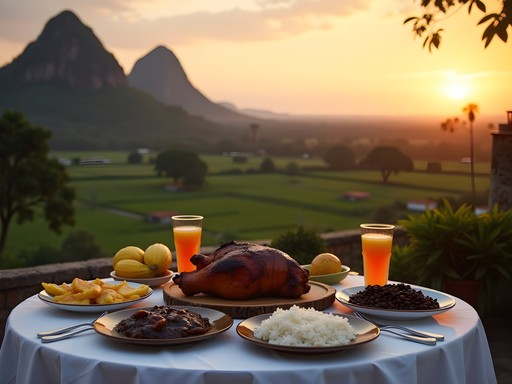
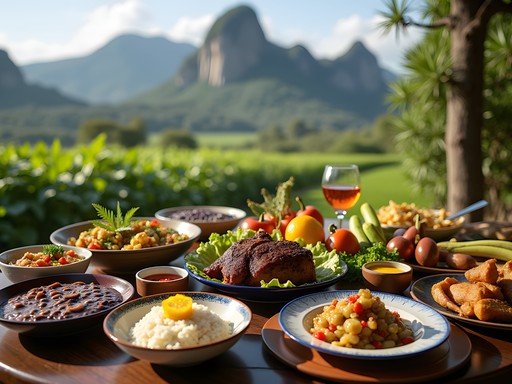

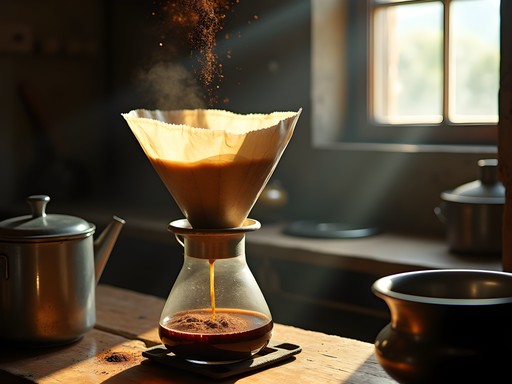
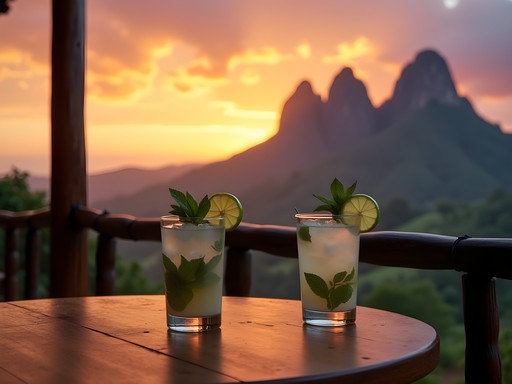


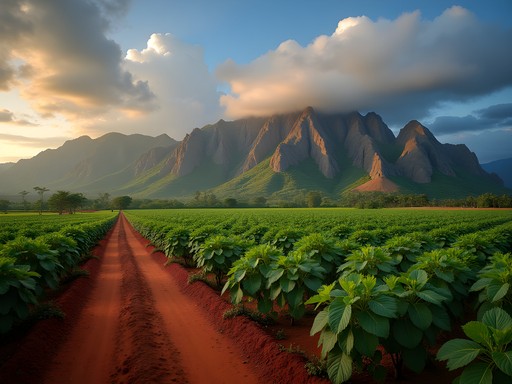





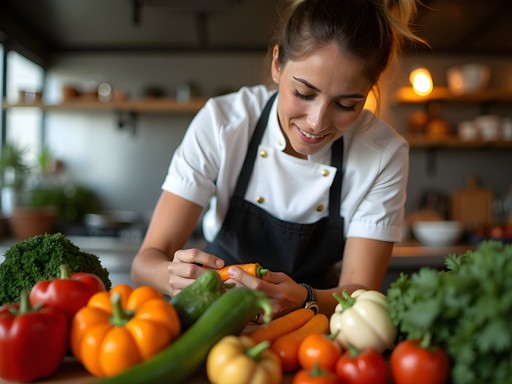
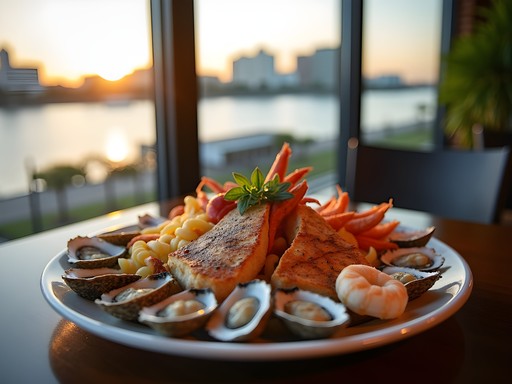
Comments
wanderlust_jules
Going to Cuba in November! Which cooking class would you recommend in Viñales? Budget friendly options appreciated!
Audrey Weaver
I'd recommend Finca Agroecológica El Paraiso - they do an amazing farm tour + cooking class combo for about $25. Ask for Luis if he's available, his knowledge of traditional techniques is incredible!
Douglas Bradley
I'll second El Paraiso, but also check out Casa de Confianza if you're staying in town. Maria runs informal classes from her home kitchen for around $15 per person. Less structured but very authentic!
wanderlust_jules
Thanks both! These sound perfect for what I'm looking for!
Douglas Bradley
This brings back such vivid memories of my time in Viñales last year! The culinary landscape there is truly unique within Cuba. I found that staying with a family in a casa particular who offered home cooking was the absolute highlight - our host Marta made an unforgettable ropa vieja using beef from her neighbor's farm and vegetables from her backyard. One tip I'd add: don't miss the opportunity to visit the organic farms on the outskirts of town. Many offer informal lunches that aren't advertised but are available if you ask. I documented several in my Cuba travel guide if anyone's planning a trip. Audrey, did you get a chance to try any of the local honey? The apiaries around Viñales produce some fascinating varieties influenced by tobacco flowers.
Audrey Weaver
Douglas, yes! The honey was incredible - I brought some home from a small producer outside town. The slight tobacco notes made it unlike anything I've tasted before. Your tip about asking for informal lunches is spot on - some of my best meals weren't on any menu.
cubanfoodie
I'm Cuban and can confirm - the honey from Viñales is special! My grandmother always said it was the best for medicinal purposes too.
smartwalker
Those tobacco farm meals look amazing! Did you have a favorite dish?
Audrey Weaver
The slow-roasted pork with fresh oregano was incredible! But honestly, the simple roasted root vegetables grown right there on the farm were a revelation.
smartwalker
Sounds delicious! Adding this to my must-try list when I visit.
coffeediver
That shot of the farmer harvesting vegetables with the limestone karsts in the background is stunning! What camera do you use?
Sage Dixon
Audrey, your post brought back such vivid memories of my time in Viñales! For anyone planning a trip, don't miss the cooking class at Finca Agroecológica El Paraiso - it's on a hilltop with the most spectacular views of the valley. The family teaches you to make traditional dishes using their wood-fired oven. Pro tip: ask about their special farm-to-table dinner where they roast a whole pig underground! It's not on any menu but if you ask your casa host, they can arrange it. Also worth noting that many farms are adapting to climate change by implementing innovative irrigation systems - fascinating to see sustainable agriculture in action.
adventureninja
Is it easy to get around Viñales without a car? Trying to figure out transportation options!
Sage Dixon
Super easy! The town is walkable, and for valley tours you can hire horses or bikes. Taxis are affordable for further spots. Most casa hosts can arrange everything!
vacationclimber
Just got back from Viñales last month and your post captures it perfectly! We did a horseback tour through the valley that stopped at a tobacco farm for lunch. The farmer showed us how they roll cigars, then his wife served this amazing spread right on their porch - roast pork, taro, sweet potatoes, black beans that had been cooking all day, and these incredible plantain chips. Everything came from their land except the rum! We used this guidebook to find the tour, which was way cheaper booking directly in town rather than online.
sunsetbackpacker
Going to Cuba in November! Which casa particular had the best home cooking in Viñales?
coffeediver
Not Audrey, but I stayed at Casa Maribel last year - her breakfasts were INCREDIBLE. Fresh mango, homemade bread, and the best coffee I've had anywhere.
sunsetbackpacker
Thanks for the tip! Will look it up!
Casey Andersson
Audrey, your post transported me right back to Viñales! I visited last year and splurged on a private cooking class at an organic farm overlooking the valley. The family taught me how to make the most incredible ropa vieja using beef they'd raised themselves, and we picked the vegetables straight from their garden. What really struck me was how they've maintained these culinary traditions despite limited resources. The grandmother showed me her collection of handwritten recipes dating back generations! Did you try the local honey rum? That sunset drink on the porch of my casa particular might be my favorite Cuban memory.
adventureninja
That honey rum sounds amazing! Was it easy to bring some back home?
Casey Andersson
I managed to bring two bottles back! Just had to declare it and pack it carefully in my checked luggage. Totally worth it!
adventureninja
Those tobacco farm meals look amazing! Adding this to my bucket list for sure.
islandwalker
Your section about learning to make those plantain chips brought back memories! Our host showed us the same trick with the special slicer. We bought one to bring home but our chips never taste as good as they did in that outdoor kitchen in Viñales. Something about that Cuban air I guess! Did anyone try the coffee straight from the local farms? That was another highlight for us.
wanderlustnomad
Yes! The coffee was incredible - we did a tour where they showed the whole process from beans to cup. So strong but smooth!
islandwalker
Right? I'm still dreaming about that coffee. We bought some beans but they just don't taste the same at home.
Venture X
Premium card with 2X miles, $300 travel credit, Priority Pass